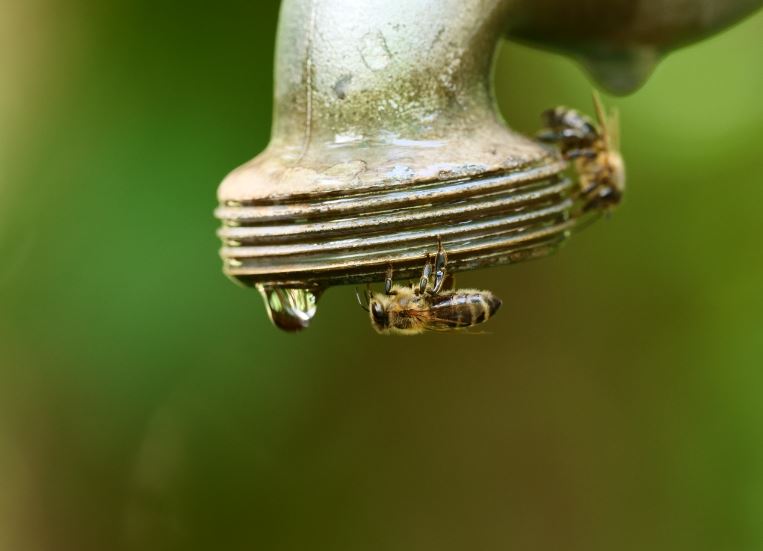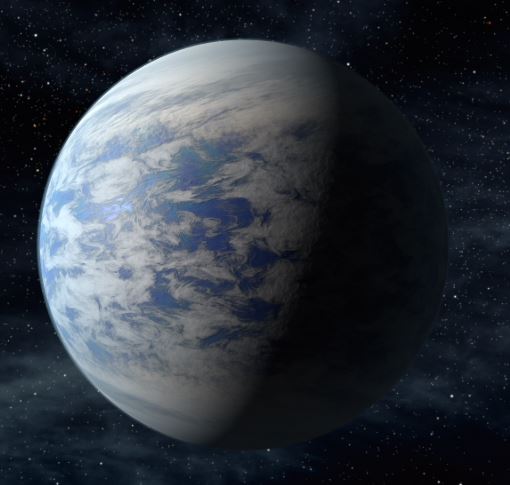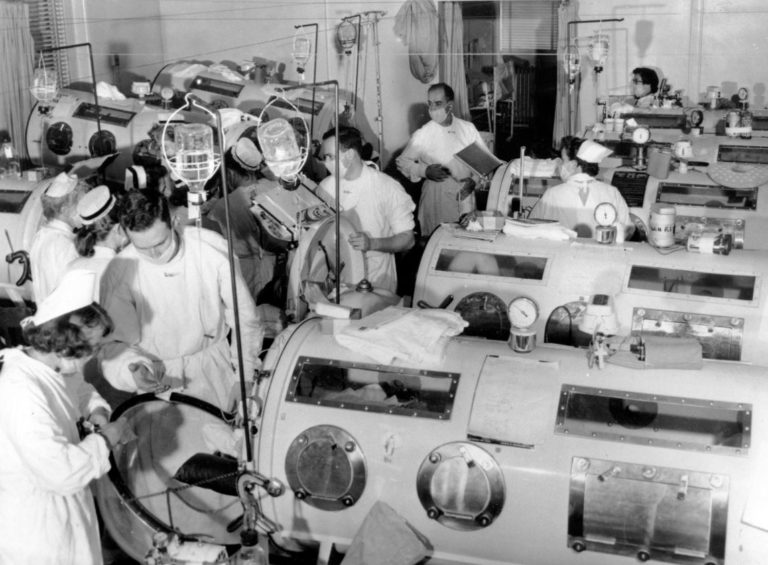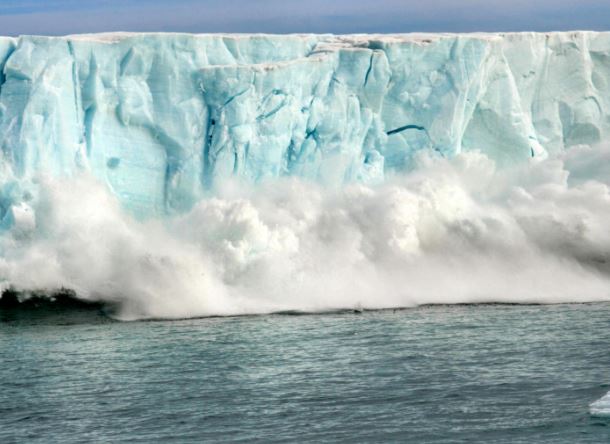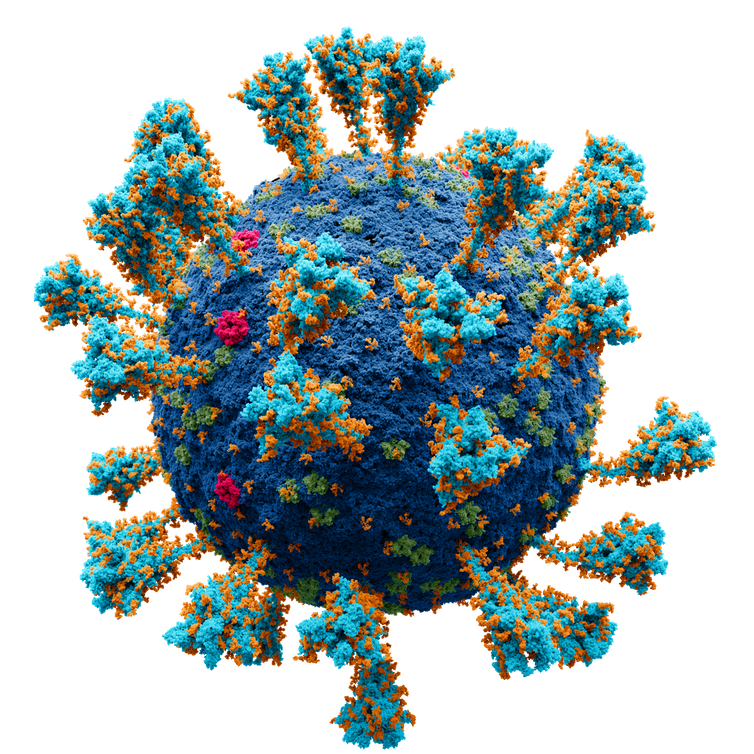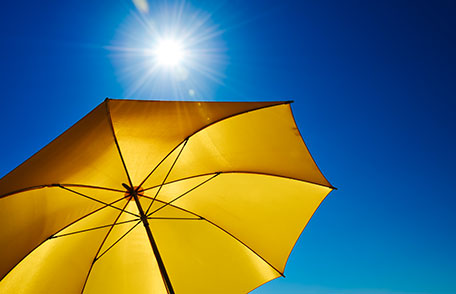3 ways long COVID patients’ respiration can suffer
Jeffrey M. Sturek, University of Virginia and Alexandra Kadl, University of Virginia
“I just can’t do what I used to anymore.”
As pulmonologists and critical care doctors treating patients with lung disease, we have heard many of our patients recovering from COVID-19 tell us this even months after their initial diagnosis. Though they may have survived the most life-threatening phase of their illness, they have yet to return to their pre-COVID-19 baseline, struggling with activities ranging from strenuous exercise to doing laundry.
Ad Title
ARTICLE INLINE AD

